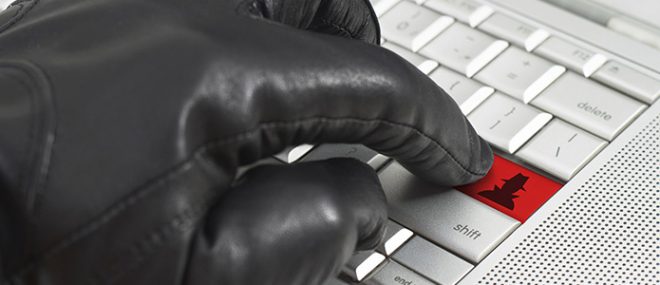In 2021, there were 202 fire-related deaths in Canada. Residential fires accounted for every 3 out of 4 of those fatalities. But many of these fatalities—and resulting home insurance claims—took place in buildings without a working smoke alarm.
Only 37 per cent of Canadian residential fires took place in a structure with a working smoke alarm. It’s important to have working smoke alarms in your home or business, so that you’re notified at the first sign of a fire. Having a smoke alarm and maintaining it regularly could quite literally save your life.
Taking the time to select the right smoke alarm and ensuring it’s installed properly and maintained can significantly help with safeguarding you, your property, and your employees.
Tips for choosing a smoke alarm
There are two types of smoke alarms:
- Ionization smoke alarms detect invisible fire particles associated with fast flaming fires (like a grease fire) sooner than photoelectric alarms.
- Photoelectric smoke alarms may detect fire particles associated with a slow smoldering source (like a cigarette) sooner than ionization alarms.
Smoke alarm installation
Most smoke alarms come with installation instructions. It’s important to follow the provided instructions and if any questions arise, reach out to the manufacturer or your local fire department.
Since smoke rises, it’s typically recommended that you place your smoke alarms on the ceiling, avoiding ceilings that are near bathrooms, heating appliances, windows, and ceiling fans. Half of fatal fires occur at night while people are asleep, so it’s recommended to install smoke alarms inside each bedroom and outside each sleeping area on every level of the home, including the basement.
In addition to those, consider installing alarms in hallways, making sure to follow the manufacturer’s installation instructions.
Smoke alarm maintenance
You should maintain your smoke alarms according to the manufacturer’s instructions. Test your smoke alarms regularly to ensure the battery and alarm are operating properly. Often testing can be completed by pressing the “test” button on your smoke alarm unit.
If the battery needs replacing, most smoke alarms will sound a regular warning ‘beep’. However, it is best practice to not wait until the warning ‘beep’. Replacing batteries when you change your clocks in the spring and fall is usually an acceptable frequency. The typical life expectancy of a smoke alarm is 87,000 hours, or about 10 years, so make sure you note the date that your alarm was purchased and installed. Your smoke alarms packaging should also indicate its lifespan. If you’re unsure, contact the manufacturer. After its life expectancy is up, a smoke alarm may fail to alert you when there’s a fire, so make sure they are maintained and replaced regularly.
Consider cleaning your smoke alarm every six months, or as recommended by the manufacturer, using a soft brush or a vacuum cleaner to gently remove any dust buildup. Never clean your smoke alarm while it’s electrically connected.
Protecting your home and your business
Installing your smoke alarms correctly and ensuring they’re working properly are some small steps you can take to protect your property, your business, and keep your most valuable possessions safe from fire. However, even if all the appropriate steps are taken to protect ourselves the unexpected can still happen. Learn more about how Northbridge can help protect your business here.
For any questions about your smoke alarm or fire safety, contact your local fire department.




